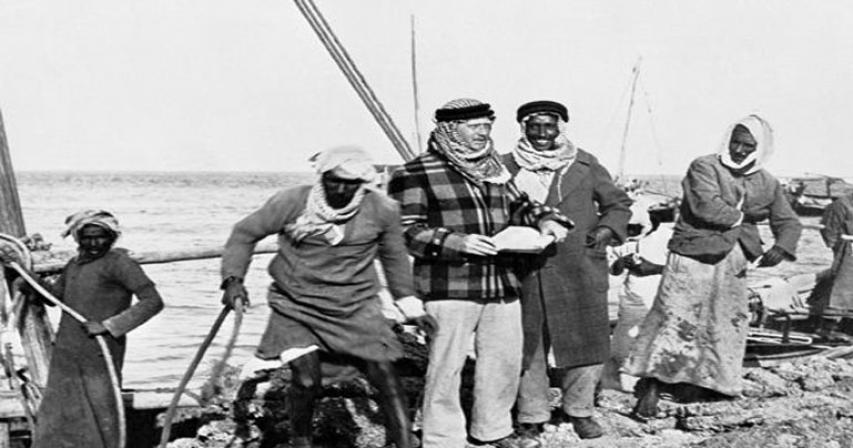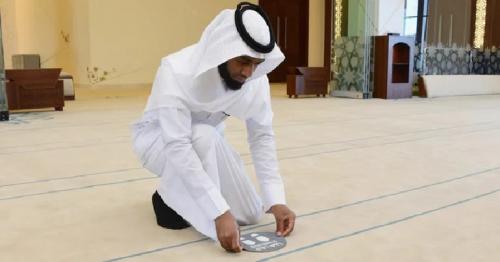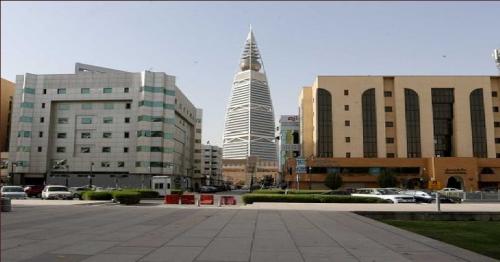The History behind Oil Discovery in Saudi Arabia

Saudi Arabia is an Islamic state which has a population of almost 30 million people, from which more than three and a half million people live in the capital, Riyadh. Arabic is the national language and the national currency is the riyal. The Ruler is the Custodian of the Two Holy Mosques King Salman bin Abdul-Aziz Al-Saud.
Saudi Arabia is a Founder of OPEC. Saudi Arabia is the most important and largest producer and exporter of oil in the world and has one-quarter of the world’s known oil reserves which is approximately more than 260 billion barrels.
As a largest producer and exporter of oil in the world, Saudi Arabia plays a unique and important role in the global energy industry. The global economy and energy market is very much impacted by the production and export of oil policies made by Saudi Arabia.
Fossil fuels and petroleum products have a major impact on world’s economy and this implies a great responsibility on Saudi government, so the Saudi Arabia is committed to ensuring the stability of supplies and prices.
Saudi Arabia is the world's most important oil producer. Area wise, it is the 14th largest country in the world covering about two million square km, which makes it the 2nd largest OPEC Member Country. Before the discovery, Saudi Arabia was largely depending upon religious tourism.
The country’s economy was based on tourism revenue from Muslims coming for HAJJ and Pilgrimage to the holy cities. After the discovery of oil, Saudi Arabia established effective fundamental facilities, services, and systems with purifiers, refineries, ports, pipelines, and wells.
Now, oil accounts more money which is 92% of Saudi Arabia's budget. The discovery of oil also changed the image globally as well as changing demographics of the realm. At present, millions of workers from all over the world like U.S., India, Pakistan, Ethiopia, and the Middle East come to work and live Saudi Arabia.
It is not possible to confirm the exact date when the search for oil began in Arabia. But one could say it might be January 15, 1922, the day that ‘Abd al-‘Aziz ibn ‘Abd al-Rahman Al Saud reclaimed Riyadh.
tablished Arabian Peninsula into one system or unit. A search for oil would likely not have begun under favorable circumstances, nor would it have resulted in the prosperity that Saudi Arabia gain today.
The main three events which change the shape of the world or became causes for the search of oil, were;
- the discovery of oil or rumors about oil seepage in different places in the Middle East
- the demand for oil in World War 1
- the worldwide economic collapse
Each of these events also shaped and gave structure to Saudi Arabia's search for oil. In 1922 King Abdul Aziz arranged a meeting with mining engineer Major Frank Holmes from New Zealand. Holmes had been moved from Gallipoli to Ethiopia during World War I, where he heard the stories of the oil flow in the Persian Gulf region for the first time.
He was sure that there would be much oil throughout the area. After the war, Holmes set up Eastern and General Syndicate Ltd to search for the oil acknowledgments in the area. In 1923, the King signed a contract with Holmes and giving him permission to search for oil in eastern Saudi Arabia.
Eastern and General Syndicate brought in a Swiss geologist to assess the land but he stated that searching for oil in Arabia would be “a pure risk”. This discouraged the banks and oil companies from investing in Arabian oil projects and they stepped down from investing in oil search.
In 1925, Holmes signed a contract with the Sheikh of Bahrain, allowing him to search for oil there. He then went to the United States to find an oil company who would be interested in investment. He found help from Gulf Oil.
In 1927, Gulf Oil had taken control of all the contracts that Holmes entered years ago. But being a partner in the Iraq Petroleum Company, which was co-owned by Anglo-Persian, and “the Near East Development Company, Gulf Oil was representing the benefits of the American companies.
The partners had signed up to the “Red Line Agreement” which meant that Gulf Oil was prohibited from taking up the Bahrain contract without the consent of the other partners, and they declined. Despite a valuable survey in Bahrain, Gulf Oil was required to transfer its interest to another company, Standard Oil of California (SOCAL), which was not under the Red Line Agreement.
In the meantime, King Abdul-Aziz had sent off American mining engineer Karl Twitch ell to inspect eastern Arabia. Twitch ell found hopeful signs of oil, asphalt seeps in the surrounding area of Qatif, but suggested the King wait for the result of the Bahrain No.1 well before calling for bids for contractual rights for al-Hasa.
To the American engineers who were working in Bahrain, standing on the Jebel Dukhan and looking across a 32 km stretch of the Persian Gulf at the Arabian Peninsula in the brightness of the early hours of the morning, the sketch of the low Dhahran Hills in the distance was a clear oil view.
On 31 May 1932, the SOCAL subordinate, the Bahrain Petroleum Company (BAPCO) struck oil on Bahrain. The finding brought a new motion to the exploration for oil on the Arabian Peninsula. In March 1933 dialogues for an oil acknowledgment for al-Hasa province opened at Jeddah.

...[ Continue to next page ] / Source: lifeinsaudiarabia






Comments